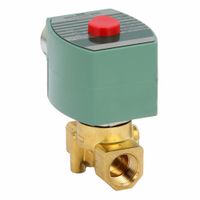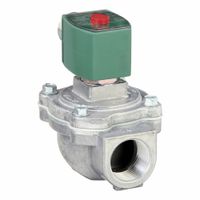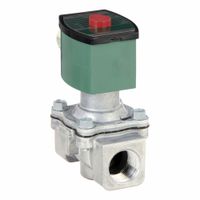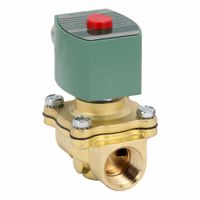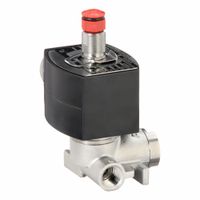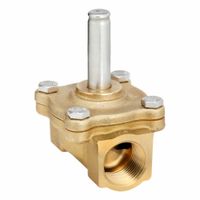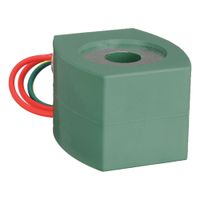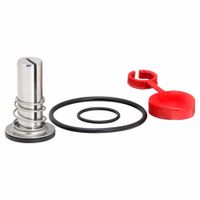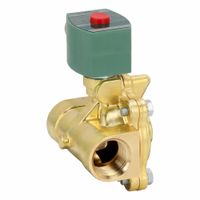- Home
- Plumbing
- Plumbing Valves
- Solenoid Valves
Solenoid Valves
Solenoid valves are electrically operated devices that use a magnetic field to open and close the valve, which starts or stops the flow of liquids or air. General purpose solenoid valves control the flow of water, air, light oil, and other corrosive and non-corrosive media in many commercial and ind .....Read More
Frequently Asked Questions
What is a solenoid valve and how does it work?
What are the different types of solenoid valves?
How do you select the right solenoid valve for an application?
What are common issues with solenoid valves and how can they be fixed?
How do you install and maintain a solenoid valve?
What materials are solenoid valves made from and how do they affect performance?
How do solenoid valves compare to other types of valves in terms of efficiency and cost?
